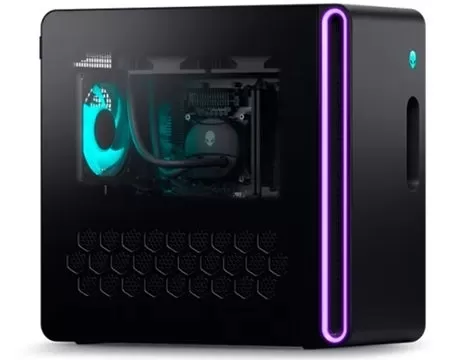At CES 2025, AMD unveiled its next-generation graphics cards, the RX 9070 and RX 9070 XT, part of the RDNA 4 family. Interestingly, these cards were absent from AMD's keynote, even as vendors displayed their new models on the show floor, albeit with redacted specifications.
David McAfee, the Vice President and General Manager of Radeon Graphics and Ryzen CPUs, took to Twitter/X to announce that both the RX 9070 and RX 9070 XT are slated for release in March 2025. "Radeon 9000 series hardware and software are looking great and we are planning to have a wide assortment of cards available globally," McAfee stated. "Can’t wait for gamers to get their hands on the cards when they go on sale in March!”
While the exact specifications and pricing remain undisclosed, it's speculated that the RX 9070 and RX 9070 XT will compete directly with Nvidia’s RTX 5070 and RTX 5070 Ti, which are set to launch in February. Despite the lack of official details, reports indicate that stock of the RX 9070 and RX 9070 XT has already reached retailers and is in the hands of reviewers. eTeknix has confirmed receiving review samples of these upcoming graphics cards.
The situation has sparked speculation that AMD might have delayed the official launch to strategically counter Nvidia's RTX 5070 and 5070 Ti, enabling direct comparisons between the two brands' new GPUs. There's also speculation that pricing pressure from Nvidia could be influencing AMD's decision to delay the RX 9070 lineup's release.
The launch messaging for the RX 9070 series has been somewhat chaotic due to the scarcity of details. A report from June 2024 highlights Nvidia's commanding 88% share of the discrete GPU market, leaving AMD with just 12%. With no other competitors challenging Nvidia in the mid-range to high-end consumer graphics card segment, AMD faces the challenge of effectively positioning its new lineup to erode Nvidia's market dominance.








